Description
- Cranial Morphology:
– The model accurately reproduces the overall cranial morphology of siamangs, emphasizing a rounded shape with a prominent braincase, adapted for their arboreal lifestyle.
– Distinct features include a relatively short face and a reduced snout, indicative of adaptations for their frugivorous diet and vocal communication.
- Dentition:
– Detailed representation of dental features, including adaptations for a fruit-based diet, such as molars with low cusps and sharp crests for grinding.
– Siamangs typically have a dental formula that reflects their omnivorous habits, incorporating a variety of fruits, leaves, and occasional small invertebrates.
- Postcranial Elements:
– While the focus is on the skull, the model may be part of a larger anatomical representation, showcasing the siamang’s distinctive long arms and prehensile feet adapted for brachiation (swinging from branch to branch).
- Orbit and Vision:
– The model features large orbits, indicating the importance of visual acuity in navigating the complex canopy environment.
– Eyes set close together contribute to stereoscopic vision, aiding in depth perception during brachiation.
- Material and Construction:
– Constructed from durable materials, the siamang skull model ensures longevity and authenticity.
– Meticulous attention to texture and coloration contributes to a lifelike appearance, based on available information and scientific understanding of gibbon anatomy.
- Educational Significance:
– The skull model serves as an essential educational tool for researchers, educators, and enthusiasts interested in primate anatomy and gibbon evolution.
- Research and Conservation:
– The model aids researchers in studying the variations within siamang populations and contributes to conservation efforts by fostering a better understanding of the species’ anatomy and ecological needs.
The siamang skull model’s accurate representation of anatomical features offers valuable insights into the evolutionary adaptations and ecological roles of these remarkable primates. Its meticulous design and scientific accuracy make it an invaluable tool for educational purposes, research, and as a visual representation of the natural history of siamangs.

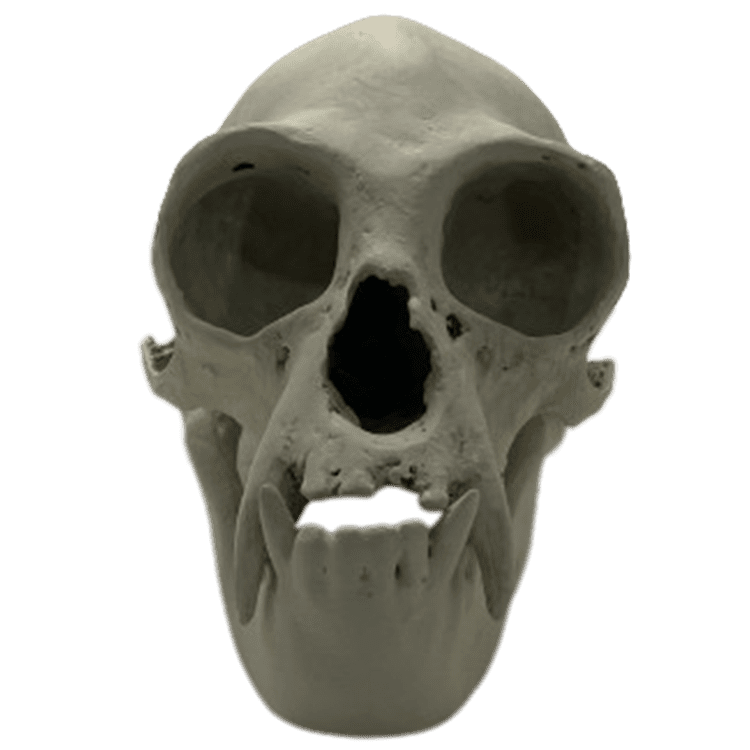
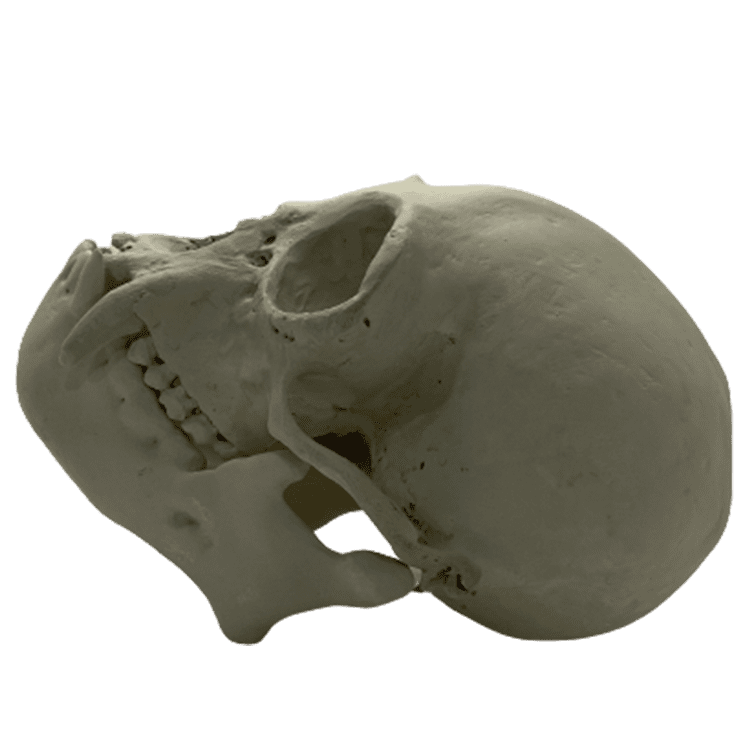
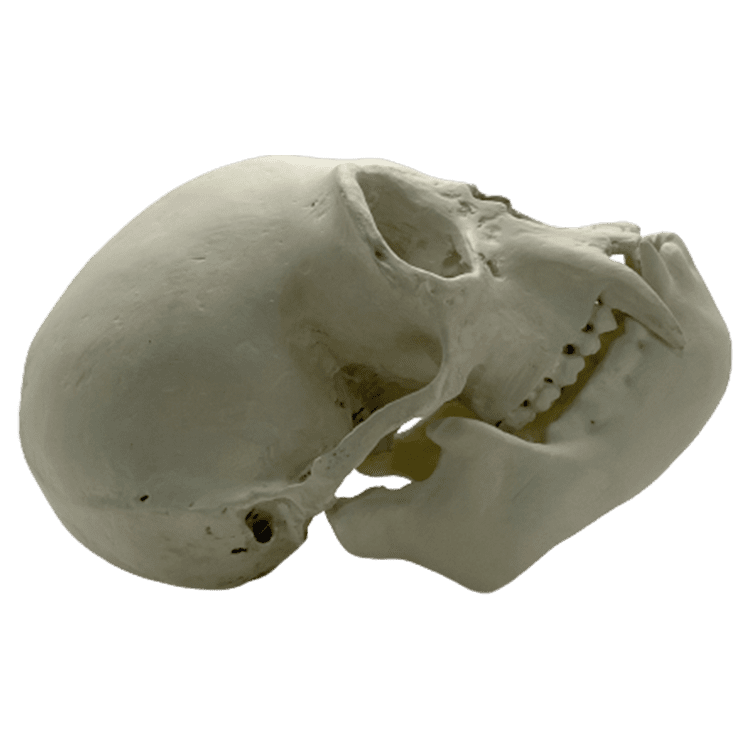
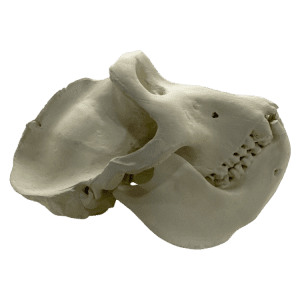
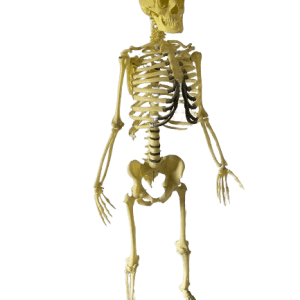
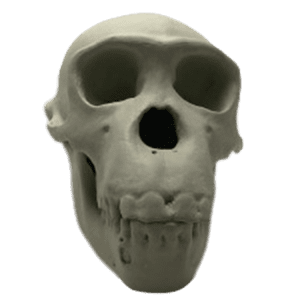
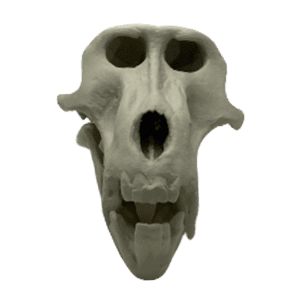
Reviews
There are no reviews yet.